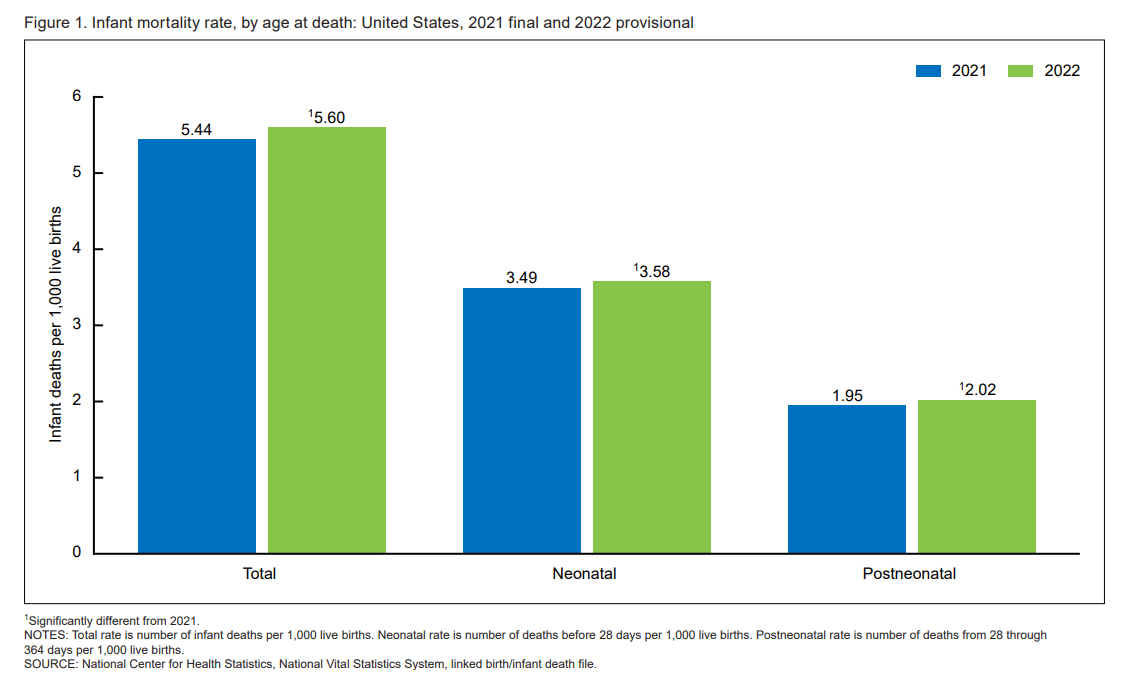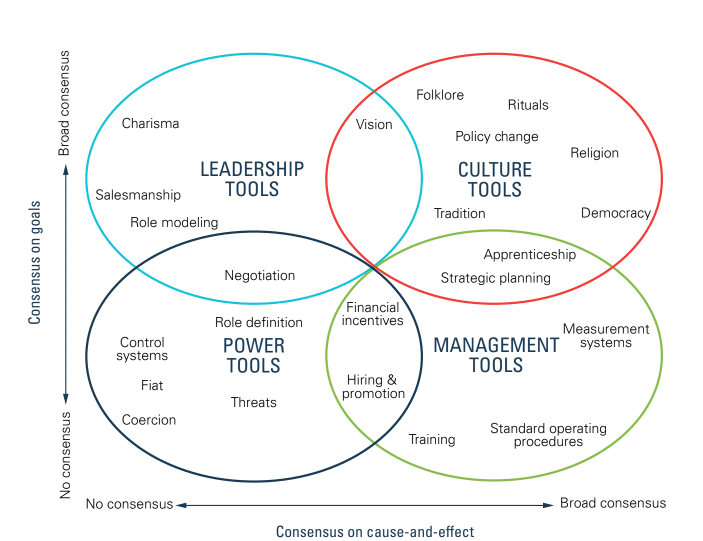Crisis. In the US, we are in the midst of a maternal health crisis. Our recently released report, If health is wealth, America’s working mothers are living in extreme poverty, highlights how this is not only an issue for mothers, but also for children, employers, and the nation. In it, we offer a pathway and framework for better health, and here I’ll highlight how the nation’s largest private employer, Walmart, is taking a leadership role, just as we propose.
In addition to poor health over the life of the mother, recent data from the CDC highlights that maternal mortality is worsening, and it’s worse for Black and Brown birthing people. Adding insult to injury, the CDC’s newly released report also highlights that our infant mortality rate is now rising. This is summarized in the chart below.

Crisis is truly the best word to describe the current state of maternal and infant mortality in the US. But there are ways to improve health outcomes for moms and babies, as well as outcomes for employers and the nation at large. One approach is to integrate doulas into maternal care teams. We’ve written about this in more detail here, and interviewed innovators in the field on our podcast. But while studies show doulas can be an effective lever for improving maternal health, there haven’t been nationwide investments to expand access to doula care.
Walmart is expanding access at scale
In my piece on trends to watch for 2023, I called out the future role that doulas can play in improving maternal health outcomes, especially those for Black mothers. Not only do they improve health outcomes, but they can lower care costs. Having a doula on a care team can lower C-section rates by 50% and can also decrease the need for other interventions by over half.
Given the combination of worsening mortality, and our recommendation for large employers to lead the charge on prioritizing maternal health, it was exciting to see Walmart’s recent announcement that it will provide doula coverage for pregnant employees nationwide.
In the announcement, Walmart stated the program’s intent to 1) address racial inequities in health care, and 2) improve maternal and infant health for their employees and babies. This investment in doula care for all birthing employees provides a cost-effective avenue for Walmart to improve both maternal and infant health outcomes. And while it may be Walmart employees, their families, and Walmart itself that see near-term benefits, the Tools of Cooperation framework highlights how benefits can ultimately accrue at the national level.
Tools of Cooperation: A brief primer
How can leaders convince individuals to cooperate and work together? There are a variety of tools, ranging from motivational, visionary speeches to command-and-control orders that an individual can use to elicit cooperative behavior. These are called the Tools of Cooperation.
The first important thing to know is that most of these tools don’t work most of the time.
As a result, leaders often fail when trying to manage change, since the tools they use waste credibility, energy, and resources. Therefore, the most important upfront action is to assess one’s circumstance in terms of stakeholder agreement on what the goals of the society should be and how it can achieve them.
Figure 1 depicts these two variables. The vertical axis measures the extent to which the people involved agree on the goals. In other words, what do they want? This incorporates the results they seek from being part of the community, to what their values and priorities are, to which trade-offs they are willing to make to achieve those results. The extent of agreement can range from none (at the bottom) to complete agreement (at the top).
The second dimension is plotted on the horizontal axis. It measures the extent to which the people involved agree on cause and effect—which actions will lead to the desired result. In other words, how will we achieve our goals? On the right-hand side, strong agreement on cause and effect implies a shared view of the processes that should be used to get any particular outcome, whereas little agreement on cause and effect places a society or organization on the left-hand side of the diagram.
Figure 1. The Tools of Cooperation

Leaders seeking a specific change will find that figuring out their constituents’ placement on this diagram is time well spent. Getting the diagnosis right has profound implications for how to roll out any proposed change.
Role-modeling to demonstrate cause-and-effect
Walmart’s investment in doula care is one example of a large employer helping to shift national culture. While, as a nation, we agree that the goal of maternal and infant mortality is to reduce it, we don’t yet have clear consensus on the cause-and-effect. That is to say, we are not in national agreement on the best way to achieve the goal of reduced mortality. While we know that a key cause of maternal mortality is poor access to care, we don’t have large-scale studies to highlight the effect of various interventions to increase care access.
But large employers are leveraging Leadership Tools, specifically role-modeling, to change this. Walmart’s investment in doula care, along with that of CVS and Microsoft—which also offer doula services—not only demonstrates the commitment to the goal of reduced mortality, but it can help to enhance the data around the cause-and-effect relationship between doula care and improved maternal health. As a result, the investment can help to move the nation to the right on the cause-and-effect axis.
With more evidence to support the cause-and-effect relationship between doulas and improved maternal health outcomes, our nation will be better poised to leverage policy change to improve maternal and infant health. And among those policy changes, we should consider the decision to cover doula care for all birthing people.



